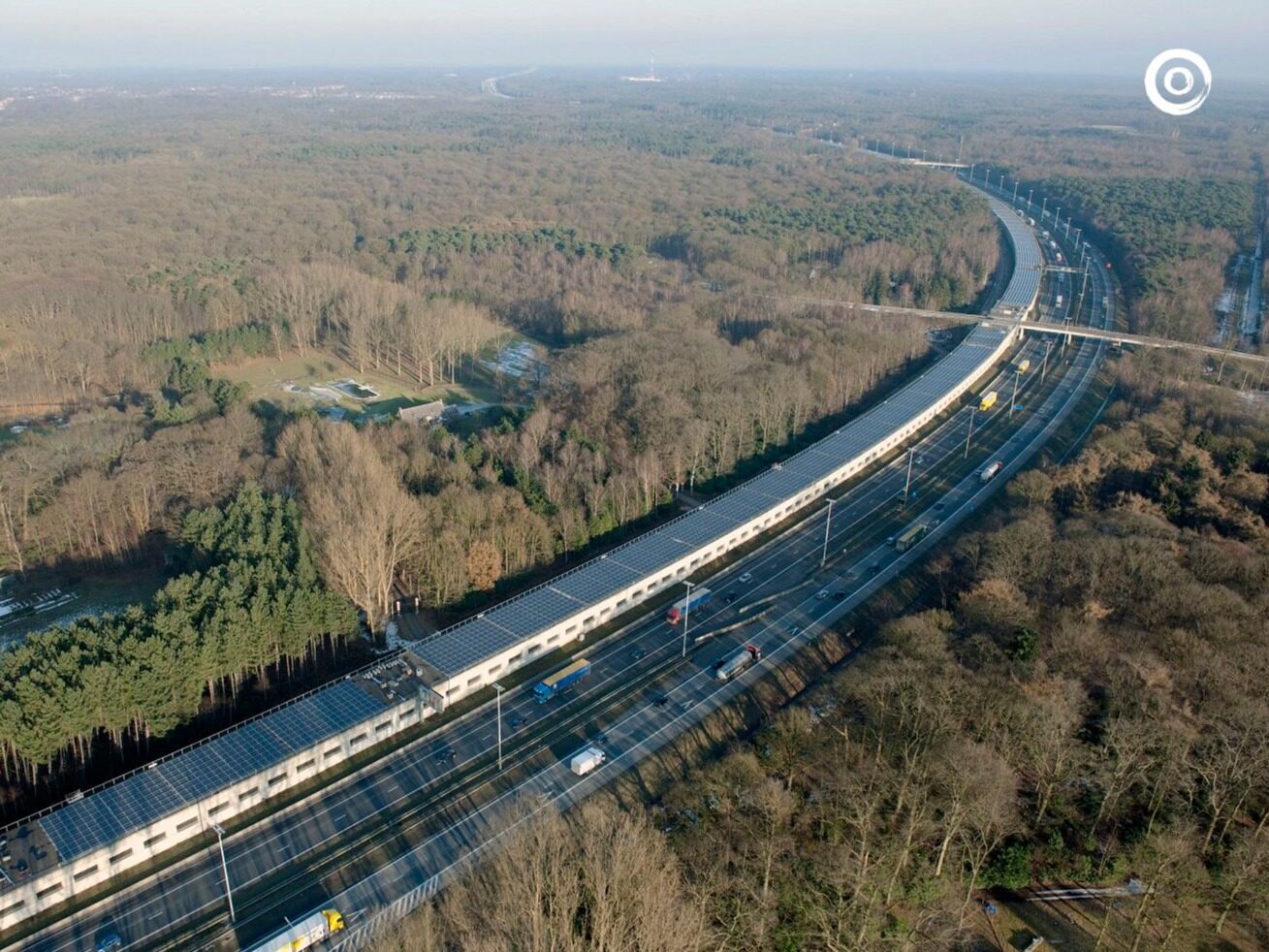- Producing 14 million tonnes of green hydrogen per year by 2030 will require 186 GW of offshore wind or 444 GW of solar
- By the end of 2021, the global installed capacity of offshore wind power is 55.7GW, and the installed capacity of solar power is 843GW

According to a new report from the International Energy Agency, if all green hydrogen projects announced so far are built according to the developers' plans, the world will have 134GW of electrolyzers by 2030. For the world to maintain net-zero emissions by 2050, this is six times less than the 850GW of installed capacity needed by the end of the decade.

Fatih Birol, Executive Director of the International Energy Agency
The capacity of announced green hydrogen projects has more than doubled over the past 12 months from 54GW in 2021. The 2030 figure will reach 240GW. The 134GW figure would produce 9-14 million tonnes of green hydrogen per year in 2030, still less than one-fifth of the 94 million tonnes of primary grey H2 produced today.

The report adds that if all projects in the pipeline are realized, 7-10 million tonnes of blue hydrogen will be available by 2030, although it also notes that until costs are reduced, these facilities are not cost-competitive with green H2 in Europe . Natural gas prices have dropped significantly from today's sky-high prices. Currently, only 9.5GW of electrolyser capacity has reached a final investment decision, with research suggesting that many of the announced clean hydrogen projects will not go ahead as planned.
Of course, even for the near-term projects that are planned, there are many uncertainties, with some projects originally planned to be operational in 2022 and 2023 being delayed due to financing issues. These problems will gradually disappear once the announced subsidy program is implemented. Many of the projects in development are first movers and face multiple risks, including uncertain needs and an uncertain regulatory framework, as well as a lack of infrastructure and operational experience.

Governments around the world are initiating policies such as grants, loans, tax incentives or contracts for difference to de-risk early-stage projects and take advantage of private investment. These measures help developers obtain better financing terms to improve the viability of capital-intensive hydrogen projects. Policies to reduce investment risk can increase production capacity, infrastructure development and equipment manufacturing capacity, paving the way for future projects until the hydrogen supply chain can transition from relying on public capital to private capital. Keywords: engineering news, overseas news
The IEA claims 850GW of electrolyzers will be needed by 2030 to get the world to net-zero emissions by mid-century, but has been criticised for being overly optimistic about future hydrogen demand. The Net-Zero Emissions Scenario released by the International Energy Agency in May 2021 indicated that there will be more than 10 million hydrogen-powered vehicles on the world's roads by 2030, up from 50,000 in June, despite comparative purchase prices and operating costs Higher battery electric vehicles, and a lack of fuel infrastructure and green hydrogen.Editor/XingWentao
Comment
 Praise
Praise
 Collect
Collect
 Comment
Comment
 Search
Search














Write something~